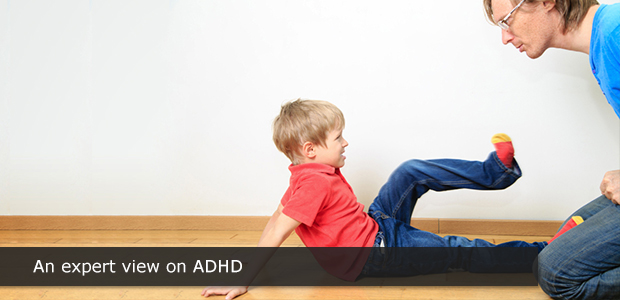ADHD Awareness

When I met my first patient with ADHD ( or hyperactivity disorder as it was called then ), 30 years ago, I was taken aback by the complexity of the issues associated with this diagnosis, and its effects on so many aspects of a child’s life.
A question often asked then and now, is whether ADHD is a true condition, or just a child’s response to his / her environment.
With time, experience and research, we now know that ADHD is a neurodevelopmental, likely genetic, condition that is found across all socio-economic and ethnic groups, slightly more common in boys than girls, and is a life-long condition. The incidence in children is about 7 to 10%. With appropriate treatment, the outcome can and should be excellent.
Typically, it’s the teacher who raises the first concerns in kindergarten or early elementary school age. They describe a bright child who is experiencing, for example, difficulties listening, being distracted easily, has trouble following instructions, disruptive, and hence having trouble learning, engaging appropriately socially, and often “in trouble” due to impulsivity.
How many of you have heard :“I know Johnny has the ability to do much better, but his problems with attention are getting the in way, if only he could sit and listen….?”
Parents are then advised to have their child assessed medically. Not having 26 kids at home as in a classroom, parents may not be as concerned. They are worried that there is a “medical” reason for the school difficulties, overwhelmed by frequent calls from school, worried as they have heard that medication is used to treat ADHD, feeling guilty that their parenting may be the issue. Many parents however realize that their bright child is experiencing difficulties that cannot be explained otherwise, and may recognize other family members who have similar traits. With these concerns, parents then attend their physician for help and guidance.
Think of this child who experiences these issues, what can it do to their self esteem and confidence, their interactions with other kids ? Think of the parents who have to spend more time and energy working with their child with ADHD, and think of the impact on the other kids in the family.
Diagnosis is made after thorough review of information provided by teacher, parents, and reviewing the child’s medical history and physical examination. Questionnaires and rating scales are used to help confirm the diagnosis, and using the CADDRA guidelines. ADHD and its treatment must be clearly reviewed.
The emphasis is on a multi-modal treatment approach, including behavioural and academic strategies, support for the parents and child, medication use, and follow up. Medication is not the “last resort”, it’s key in treating ADHD. With this approach we anticipate an optimistic prognosis.
Parents and teachers have to be commended for their patience and commitment.
Key Points:
1. ADHD is a neurodevelopmental condition , with a good prognosis with appropriate treatment.
2.Timely diagnosis and initiation of collaborative, multi modal treatment.
3. Consistent follow up.
Helpful websites:
caddra.ca
caddac.ca










